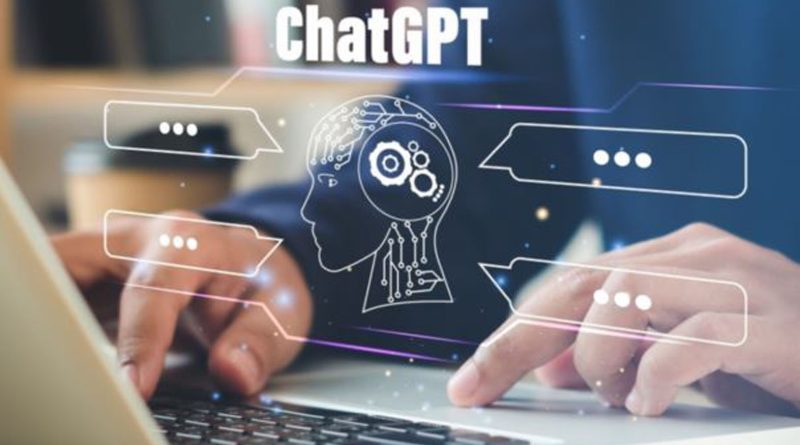ChatGPT
Revolutionizing Human-Machine Interaction
Introduction
ChatGPT, powered by OpenAI’s state-of-the-art GPT-3.5 architecture, represents a groundbreaking advancement in the field of natural language processing (NLP) and artificial intelligence (AI). Designed to engage in dynamic and interactive conversations, ChatGPT has the ability to understand and generate human-like text responses, providing a seamless human-machine interaction experience. This overview will explore the capabilities, applications, and implications of ChatGPT, highlighting its potential to revolutionize various industries and redefine the way we interact with AI technology.
Understanding and Contextual Generation
ChatGPT’s underlying architecture enables it to understand and generate text responses with a remarkable level of contextual understanding. By analyzing vast amounts of training data, including books, articles, and websites, ChatGPT has developed a strong foundation of knowledge. It can comprehend complex queries, decipher nuanced language, and generate coherent and contextually appropriate responses.
The model employs deep learning techniques, utilizing multiple layers of neural networks, to process and generate text. This enables ChatGPT to capture the context of a conversation, providing accurate and relevant responses based on the preceding dialogue. Additionally, ChatGPT can adapt its responses based on user instructions or prompts, showcasing its ability to understand and follow specific guidelines.
Applications and Benefits
ChatGPT has a wide range of applications across various industries and domains. One notable area is customer support and service. Companies can deploy ChatGPT to interact with customers, providing instant and personalized assistance. By understanding and responding to customer queries, ChatGPT can help streamline customer service operations, reduce response times, and enhance overall customer satisfaction.
In the field of education, ChatGPT can serve as a virtual tutor or learning companion. Students can engage in interactive conversations with ChatGPT, seeking explanations, asking questions, and receiving personalized guidance. This can supplement traditional learning methods, making education more accessible and adaptive to individual needs.
ChatGPT also has the potential to revolutionize content creation. Writers and content creators can use ChatGPT as an AI-powered writing assistant, generating ideas, suggesting improvements, and providing creative input. This can expedite the content creation process, enhance creativity, and augment human capabilities.
Furthermore, ChatGPT can be deployed in healthcare to provide medical information and support. It can assist doctors in accessing relevant research, answering medical queries, and aiding in diagnosis. In remote or underserved areas, ChatGPT can act as a virtual healthcare assistant, providing basic healthcare guidance and support to individuals who may not have immediate access to medical professionals.
Ethical Considerations and Limitations
While ChatGPT offers immense potential, it is crucial to consider ethical implications and limitations. ChatGPT’s responses are based on the data it has been trained on, which may inadvertently reflect biases present in the training data. Efforts must be made to mitigate these biases and ensure fairness and inclusivity in its responses. Additionally, responsible usage of ChatGPT is essential to prevent misinformation or misuse.
ChatGPT also has limitations. It may generate plausible-sounding but inaccurate or misleading responses. The model can sometimes struggle with understanding nuanced or ambiguous queries, resulting in incorrect or nonsensical answers. Furthermore, ChatGPT lacks true understanding and consciousness, as it operates based on patterns and statistical associations. It is important to remember that ChatGPT is an AI tool and not a substitute for human expertise or judgment.
Conclusion
ChatGPT represents a significant advancement in AI technology, enabling dynamic and interactive conversations between humans and machines. Its contextual understanding, accurate response generation, and versatile applications make it a powerful tool in various industries. While ethical considerations and limitations must be addressed, ChatGPT’s potential to enhance customer service, education, content creation, healthcare, and more is undeniable. As the field of AI continues to evolve, ChatGPT paves the way for increasingly sophisticated and meaningful human-machine interactions. Sajid Ali ZAidi

